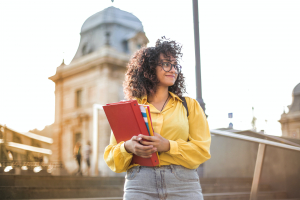Top 10 Compare and Contrast Essay Examples on Arts & Culture
Compare and contrast essays on arts and culture unveil the rich nuances within these realms. Toplist acts as a guide, providing examples to illuminate the ... read more...diverse dynamics that shape artistic expression and cultural significance. Join us in exploring the captivating narratives etched in the canvas of arts and culture.
-
Essay topic: Painting and Drawing.
Answer:
Art, a vibrant form of self-expression, encompasses various mediums, with painting and drawing standing out as distinct yet interconnected modes of artistic creation.
Painting involves applying pigments or colors onto a surface using brushes, sponges, or other tools. Artists blend colors, create textures, and experiment with different techniques to produce visually compelling compositions. Paintings often encompass a broad range of styles, from realistic portraits to abstract expressions of emotion. The process of layering colors and building a narrative within a visual frame characterizes the art of painting.
Drawing, on the other hand, involves creating images through lines and marks on a surface, typically using pencils, pens, or charcoal. Artists utilize various strokes and shading techniques to capture details, convey emotions, or communicate ideas. Drawings can range from intricate and detailed sketches to simple, expressive lines conveying a powerful message. The simplicity of tools in drawing allows for direct and immediate artistic expression.
One significant difference lies in the use of color. Painting, with its diverse palette of colors, allows artists to convey emotions, moods, and perspectives through a rich interplay of hues. Artists can manipulate color intensity, create gradients, and use color symbolism to enhance their visual narratives. In contrast, drawing often relies on the subtleties of line and shading, emphasizing form and structure without the added dimension of color.
Consideration should also be given to the permanence of the medium. Painting, often done on canvases or walls, creates lasting and tangible artworks. The layering of colors and the choice of materials contribute to the durability of painted works. Conversely, drawing on paper or other surfaces may be more susceptible to wear over time, requiring careful preservation to maintain the integrity of the artwork.
In conclusion, painting and drawing represent two captivating avenues within the realm of visual arts. Painting, with its use of color and layering techniques, offers a dynamic and expressive medium. Drawing, emphasizing lines and details, provides a direct and immediate form of artistic communication. Both mediums contribute to the diverse tapestry of artistic expression, allowing artists to convey their ideas and emotions in unique and compelling ways.

Photo by Pixabay via pexels 
Photo by Pixabay via pexels -
Essay topic: Fairy Tales and Cartoons.
Answer:
Storytelling, a cherished tradition, takes shape in various forms, with fairy tales and cartoons captivating audiences young and old. Both mediums transport us to fantastical worlds, yet they diverge in their presentation and purpose.
Fairy tales are timeless narratives that often originate from folklore and are passed down through generations. These stories feature magical elements, enchanted characters, and moral lessons. Fairy tales, like "Cinderella" or "Little Red Riding Hood," transport readers to imaginary realms where the ordinary meets the extraordinary. The tales often convey values and teachings, offering lessons about bravery, kindness, and the consequences of one's actions.
On the other hand, cartoons are animated visual presentations that bring characters and stories to life through moving images. Unlike the textual nature of fairy tales, cartoons use vibrant colors, dynamic movement, and character expressions to tell a story. Cartoons encompass a wide range of genres, from humorous and light-hearted to action-packed adventures. They appeal to diverse audiences and often convey messages through humor, entertainment, and visual storytelling.
One significant difference lies in the mode of storytelling. Fairy tales rely on written or spoken words to convey the narrative. The richness of language and the imagination of the reader play crucial roles in bringing the story to life. Readers mentally visualize the characters and settings based on the descriptive language of the tale. Conversely, cartoons employ visual elements, relying on the animation and illustrations to unfold the story. The movement of characters and the vibrant scenes contribute to the narrative in a visually engaging manner.
Consideration should also be given to the intended audience. Fairy tales often target a wide range of age groups, from children to adults. These stories serve as timeless classics that transcend generations. Cartoons, on the other hand, are often created with a specific demographic in mind, ranging from children's cartoons with simple themes to more complex animations designed for older audiences.
In conclusion, fairy tales and cartoons serve as enchanting vehicles for storytelling, each with its own unique charm. Fairy tales captivate with the magic of words and the richness of imagination, carrying valuable moral lessons. Cartoons, through dynamic visuals and animated characters, provide a visually stimulating and entertaining narrative experience. Both mediums contribute to the world of storytelling, offering audiences different avenues to explore the wonders of imagination and creativity.

Photo by Josh Hild via pexels 
Photo by Pixabay via pexels -
Essay topic: Classical Art and Contemporary Art.
Answer:
Art, a timeless expression of human creativity, takes diverse forms across different periods. Classical art and contemporary art represent two distinct epochs, each contributing unique perspectives to the canvas of artistic expression.
Classical art traces its roots to ancient civilizations, embodying the aesthetic ideals of order, symmetry, and realism. It flourished in cultures like ancient Greece and Rome, showcasing sculptures, paintings, and architecture that conveyed a sense of harmony and proportion. Classical art often depicted mythological themes, heroic figures, and idealized beauty. The emphasis on precision and balance characterized this period, reflecting a deep appreciation for the human form and the natural world.
In contrast, contemporary art reflects the spirit of the present age, breaking away from the conventions of the past. Emerging in the late 19th century and continuing to evolve today, contemporary art embraces diverse styles, mediums, and subject matters. Artists in the contemporary era explore abstraction, conceptualism, and new technologies, challenging traditional boundaries. Contemporary art often reflects the complexities and diversity of modern life, offering a canvas for personal expression, social commentary, and experimentation.
One significant difference lies in the artistic techniques. Classical art places a premium on precision, skillful draftsmanship, and a meticulous approach to form. Artists aimed for perfection in their portrayal of the human body and sought to capture the essence of beauty. Contemporary art, on the other hand, embraces a more experimental and avant-garde approach. Artists explore unconventional materials, abstract forms, and new media, often prioritizing the expression of ideas and emotions over traditional techniques.
Consideration should also be given to the themes portrayed. Classical art often depicted mythological narratives, historical events, and religious scenes. The subject matter conveyed a sense of idealized beauty, virtue, and heroism. In contrast, contemporary art engages with a broader spectrum of themes, including social issues, personal experiences, and cultural critique. Artists in the contemporary era use their work as a platform for commentary on the complexities of the modern world.
In conclusion, classical art and contemporary art represent distinct chapters in the ongoing story of artistic expression. Classical art, rooted in tradition, exudes a sense of order and perfection. Contemporary art, shaped by the dynamism of the present, embraces diversity, experimentation, and a wide array of themes. Both epochs contribute to the rich tapestry of human creativity, offering viewers different lenses through which to appreciate the ever-evolving language of art.
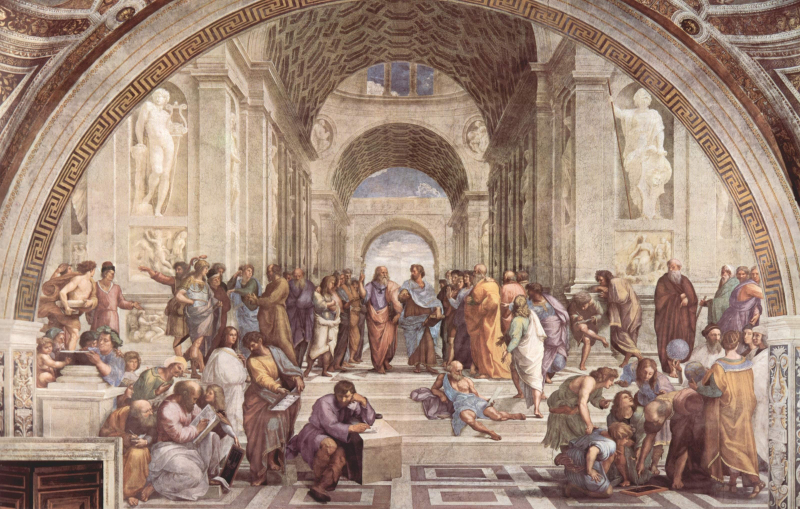
Photo by Pixabay via pexels 
Photo by Pixabay via pexels -
Essay topic: Cultural Clothes and Everyday Clothes.
Answer:
Clothing serves as a vibrant expression of culture and personal identity, with cultural clothes and everyday clothes reflecting distinct aspects of life and style.
Cultural clothes encapsulate the unique attire associated with specific traditions and heritage. These garments often carry historical significance, embodying the values and customs of a particular community. Traditional clothing may be worn during special occasions, ceremonies, or to celebrate cultural festivals. These garments showcase intricate designs, patterns, and colors that convey a rich tapestry of cultural stories and artistic expression.
On the contrary, everyday clothes constitute the garments worn regularly for day-to-day activities. Everyday clothes prioritize comfort and functionality, adapting to the demands of various tasks and environments. They are often more practical and less elaborate compared to cultural attire. Everyday clothes are chosen based on personal preferences, trends, and individual comfort, reflecting a broader and more diverse range of styles.
One significant difference lies in the occasions for wearing these clothes. Cultural clothes are reserved for specific cultural events or ceremonies, acting as symbols of identity and heritage. These garments often mark significant moments in a person's life, reinforcing a connection to their cultural roots. Conversely, everyday clothes are versatile and suitable for a range of daily activities, from work and school to casual outings. They are chosen for their practicality in navigating the routines of everyday life.
Consideration should also be given to the design and aesthetics. Cultural clothes often feature intricate details, symbolic motifs, and craftsmanship that reflect the cultural identity they represent. These garments may be passed down through generations, becoming cherished heirlooms. Everyday clothes, while diverse in styles and trends, are generally more straightforward in design, focusing on comfort and ease of wear.
In conclusion, cultural clothes and everyday clothes offer distinct modes of self-expression. Cultural clothes celebrate heritage and traditions, serving as symbols of identity during special occasions. Everyday clothes, on the other hand, prioritize practicality and comfort for day-to-day activities, reflecting individual styles and broader fashion trends. Both forms of clothing contribute to the rich mosaic of personal and cultural expression through the language of attire.
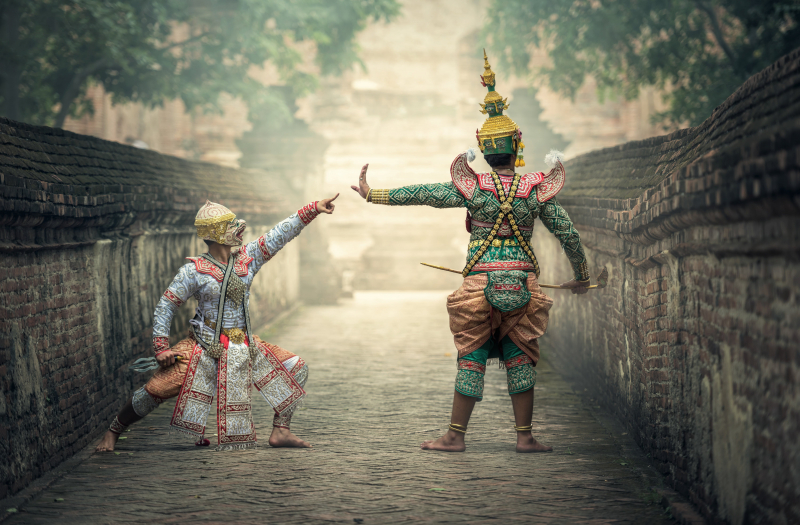
Photo by Pixabay via pexels 
Photo by Pixabay via pexels -
Essay topic: Traditional Games and Video Games.
Answer:
Games, a source of entertainment and recreation, manifest in different forms, with traditional games and video games representing distinct approaches to play.
Traditional games encompass a rich tapestry of activities that have stood the test of time. These games, often passed down through generations, involve physical activity and social interaction. Examples include tag, hide-and-seek, and various board games. Traditional games emphasize face-to-face engagement, allowing players to share laughter and build camaraderie through direct interaction.
Conversely, video games represent a more modern form of gaming, leveraging digital technology to create immersive virtual worlds. Video games offer a diverse range of experiences, from action-packed adventures to strategic simulations. Players engage with these games through electronic devices, often connecting with others online. Video games provide a platform for interactive storytelling and can be played solo or in multiplayer modes.
One significant difference lies in the nature of interaction. Traditional games foster physical movement and direct social engagement. Players share physical spaces, engaging in activities that require coordination and communication. The joy of winning or the camaraderie of losing is experienced together. In contrast, video games offer virtual interaction, connecting players across distances through online platforms. While players may communicate digitally, the physical presence and direct face-to-face interaction are absent.
Consideration should also be given to accessibility. Traditional games typically require minimal equipment and can be played in various settings, promoting inclusivity. These games often rely on simple rules and creativity. Video games, on the other hand, necessitate electronic devices like computers or consoles, potentially creating barriers to access. The complexity of controls and game mechanics may also vary, impacting the ease of play for different individuals.
In conclusion, traditional games and video games provide diverse avenues for play and entertainment. Traditional games emphasize physical activity and direct social interaction, fostering a sense of shared experience. Video games, enabled by digital technology, offer immersive virtual worlds and connect players across distances. Both forms of gaming contribute to the rich landscape of leisure activities, catering to different preferences and engaging players in unique ways.

Photo by cottonbro studio via pexels 
Photo by JESHOOTS.com via pexels -
Essay topic: Family Celebrations and Public Celebrations.
Answer:
Celebrations, integral to human life, come in various forms, with family celebrations and public celebrations offering distinct avenues for shared joy and connection.
Family celebrations revolve around personal milestones and familial bonds. Birthdays, anniversaries, and special achievements become occasions for intimate gatherings where family members come together to express love and support. These celebrations often feature familiar traditions, home-cooked meals, and a sense of closeness. Family celebrations focus on the unique moments and connections within the family unit.
On the other hand, public celebrations extend beyond individual families to embrace larger communities or even entire nations. Events like national holidays, cultural festivals, and community gatherings bring people from diverse backgrounds together. Public celebrations often involve grand festivities, parades, and communal activities that foster a sense of shared identity and belonging. These celebrations are characterized by a broader inclusivity that goes beyond individual family ties.
One significant difference is the scale of participation. Family celebrations typically involve a more limited group of people, centered around close relatives and friends. The atmosphere is cozy and personal, allowing for deeper connections. In contrast, public celebrations draw in larger crowds, creating a vibrant and bustling environment where individuals from various walks of life come together to partake in the festivities.
Consideration should also be given to the nature of traditions. Family celebrations often feature unique family rituals, passed down through generations, creating a sense of continuity and shared history. These traditions contribute to the family's identity. Conversely, public celebrations may encompass a blend of diverse cultural practices, reflecting the multicultural fabric of a community or nation. Public celebrations serve as a platform for the exchange and preservation of cultural heritage.
In conclusion, family celebrations and public celebrations offer distinct yet meaningful ways for people to come together and celebrate. Family celebrations emphasize the bonds and traditions within a close-knit group, fostering a sense of intimacy. Public celebrations, on the other hand, embrace a broader community, celebrating diversity and shared cultural values. Both forms of celebration contribute to the richness of human experiences, providing opportunities for connection, joy, and the celebration of life's various facets.

Photo by fauxels via pexels 
Photo by Asad Photo Maldives via pexels -
Essay topic: Traditional Music and Modern Music.
Answer:
Music, a universal language, manifests in diverse forms, with traditional and modern music representing two distinct yet interconnected branches of musical expression. Both forms, rooted in cultural contexts, bring unique qualities to the world of sound.
Traditional music echoes the heritage and customs of a specific culture, often passed down through generations. It draws from established musical traditions, featuring instruments, melodies, and rhythms that have stood the test of time. Traditional music is deeply intertwined with cultural identity and ceremonies, reflecting the historical narratives and values of a community.
In contrast, modern music represents a contemporary evolution, incorporating new sounds, genres, and technologies. It often explores innovative approaches to composition and production, embracing a wide range of styles from pop and rock to electronic and hip-hop. Modern music reflects the dynamic nature of cultural expression in a globalized world, where influences from various traditions converge.
One significant difference is the use of instruments. Traditional music often relies on instruments deeply connected to the culture, carrying symbolic significance. Examples include traditional drums, flutes, and string instruments. The choice of instruments is laden with cultural meaning. On the other hand, modern music frequently incorporates a diverse array of instruments, including electronic and synthesized sounds, reflecting the technological advancements shaping contemporary music production.
Consideration should also be given to the audience engagement. Traditional music often involves community participation, with shared rituals and celebrations providing a communal space for musical expression. It fosters a sense of belonging and cultural continuity. In contrast, modern music often caters to a global audience through digital platforms, reaching listeners across diverse backgrounds. The accessibility of modern music allows for a more widespread and varied audience engagement.
In conclusion, traditional and modern music offer distinct pathways for musical expression. Traditional music, rooted in cultural heritage, embodies a deep connection to identity and history. Modern music, marked by innovation and diversity, reflects the evolving nature of artistic expression in a rapidly changing world. Together, these forms contribute to the rich tapestry of musical exploration, each resonating with its own unique rhythms and melodies.
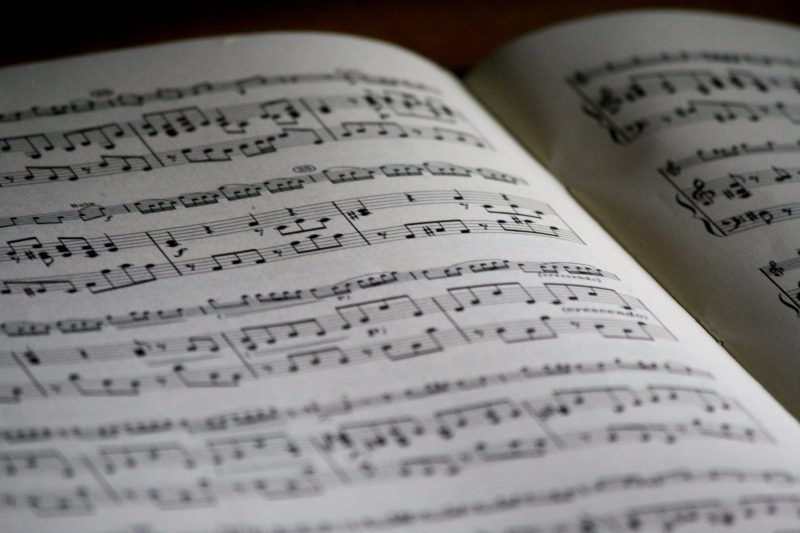
Photo by Pixabay via pexels 
Photo by Pixabay via pexels -
Essay topic: Old and New Storytelling.
Answer:
Storytelling, a timeless tradition, evolves with time, giving rise to both old and new forms of narrative expression. These storytelling approaches, while rooted in the same fundamental human impulse to share experiences, exhibit notable distinctions in their methods and impact.
Old storytelling refers to traditional methods of narrative transmission, often passed down through generations orally or in written forms like books and folktales. It relies on the richness of language and the spoken word to weave intricate tales that captivate audiences. Old storytelling often thrives on the power of imagination, allowing listeners or readers to mentally construct the world of the narrative based on descriptive language and vivid details.
Conversely, new storytelling embraces contemporary mediums and technologies to convey narratives. This includes digital platforms, interactive media, and multimedia elements like audio, video, and graphics. New storytelling often leverages the immediacy and accessibility of technology to engage audiences in dynamic and immersive ways. It goes beyond traditional boundaries, incorporating visual and interactive elements to enhance the narrative experience.
One significant difference is the mode of transmission. Old storytelling relies on direct human interaction, whether through oral storytelling sessions or the act of reading physical books. The storyteller or author engages with the audience's imagination through the power of words. In contrast, new storytelling often involves digital interfaces and screens, where narratives unfold through a combination of visual, auditory, and interactive elements. The audience engages with the story in a more mediated and technologically driven manner.
Consideration should also be given to the pace of storytelling. Old storytelling often unfolds at a measured pace, allowing listeners or readers to absorb the details and nuances gradually. The emphasis is on the unfolding of the narrative over time. New storytelling, facilitated by technology, may adopt a more rapid pace, leveraging the immediacy of visuals and interactive features to maintain audience engagement in a fast-paced digital environment.
In conclusion, old and new storytelling represent distinct approaches to sharing narratives, each shaped by its temporal context. Old storytelling, rooted in tradition and language, engages the imagination through spoken or written words. New storytelling, influenced by technology, exploits multimedia elements to create dynamic and interactive narrative experiences. Both forms contribute to the rich tapestry of storytelling, reflecting the evolving ways in which humans express, share, and connect through the art of narrative.
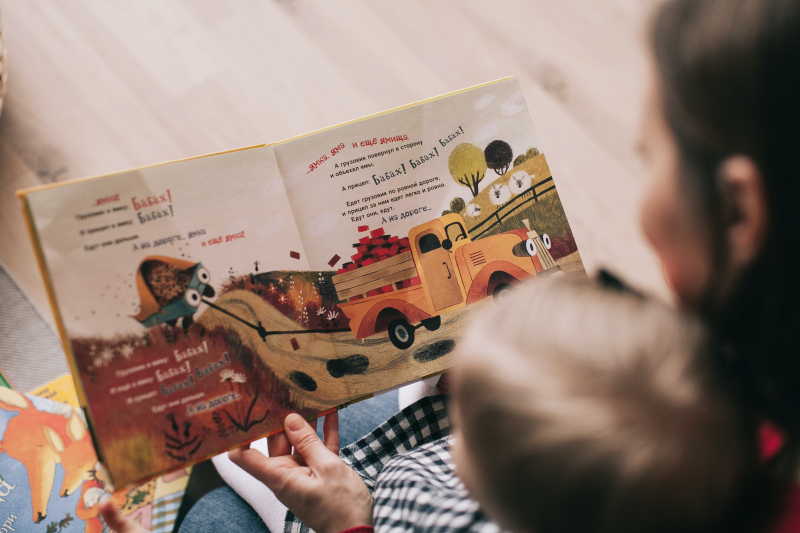
Photo by Lina Kivaka via pexels 
Photo by cottonbro studio via pexels -
Essay topic: Literature and Film Adaptations.
Answer:
Literature and film adaptations, two powerful storytelling mediums, offer distinct yet interconnected ways to convey narratives, each with its unique strengths and characteristics.
Literature, often regarded as the foundation of storytelling, relies on written words to paint vivid images and evoke emotions. Books, novels, and poems allow readers to immerse themselves in a world crafted by the author's language and imagination. The written word stimulates mental imagery, inviting readers to visualize characters, settings, and plotlines. Literature often places a premium on detailed descriptions, internal thoughts, and character development.
In contrast, film adaptations bring stories to life on the screen through a combination of visuals, dialogue, and sound. Filmmakers translate the essence of literary works into a visual language, utilizing actors, cinematography, and music to convey the narrative. Film adaptations have the capacity to showcase action sequences, create atmospheric settings, and evoke emotions through visuals and soundscapes. The collaborative nature of filmmaking adds an additional layer to the storytelling process.
One significant difference lies in the role of imagination. Literature relies heavily on the reader's imagination to create mental images based on the author's descriptions. Readers actively participate in the construction of the narrative in their minds, envisioning characters and landscapes according to their interpretation. On the other hand, film adaptations present a more direct and visual representation of the story, offering a guided experience where the visuals are presented on screen, leaving less room for individual interpretation.
Consideration should also be given to pacing. Literature, with its descriptive prose and internal reflections, allows for a more contemplative and immersive reading experience. Readers can savor the details at their own pace. In film adaptations, the pacing is often more dynamic, as the narrative unfolds through a combination of visual and auditory elements, creating a more time-bound and immediate experience.
In conclusion, literature and film adaptations provide distinct avenues for storytelling, each with its unique strengths. Literature, rooted in written language, engages the reader's imagination and allows for a more contemplative experience. Film adaptations, utilizing visual and auditory elements, bring stories to life on screen, providing a dynamic and sensory-rich narrative experience. Together, these mediums contribute to the rich tapestry of storytelling, offering audiences diverse ways to engage with narratives and explore the depths of human creativity.

Photo by Pixabay via pexels 
Photo by Nguyen Huy via pexels -
Essay topic: High Culture and Popular Culture.
Answer:
Culture, a reflection of societal values and expressions, manifests in various forms, with high culture and popular culture representing two distinct facets that shape our shared experiences.
High culture encompasses artistic and intellectual pursuits traditionally considered refined and sophisticated. This includes classical music, literature, theater, and fine arts. High culture often emerges from longstanding traditions, showcasing the depth of human creativity and the pursuit of excellence in artistic expression. It tends to be associated with formal education and is regarded as having enduring value across generations.
In contrast, popular culture embraces elements that appeal to a broader audience, reflecting the tastes and preferences of the masses. This includes music genres like pop and hip-hop, television shows, films, and contemporary art. Popular culture often thrives on trends, capturing the spirit of the times and connecting with a diverse range of people. It is accessible, dynamic, and constantly evolving to reflect the changing interests of society.
One significant difference lies in accessibility. High culture has historically been associated with elite circles, often requiring specialized knowledge or training to fully appreciate its nuances. Access to high culture has traditionally been influenced by factors such as education and socio-economic status. On the contrary, popular culture is widely accessible, reaching a broad audience irrespective of educational background or social standing. It resonates with the everyday experiences of people, making cultural expression more inclusive.
Consideration should also be given to the role of tradition. High culture often draws inspiration from classical traditions, valuing the preservation of historical forms and artistic legacies. It carries a sense of continuity and cultural heritage. Popular culture, on the other hand, embraces innovation and responds to contemporary trends. It is more fluid, reflecting the pulse of current societal interests and often challenging traditional norms.
In conclusion, high culture and popular culture represent different dimensions of our cultural landscape. High culture, rooted in tradition and associated with refinement, showcases enduring artistic pursuits. Popular culture, dynamic and accessible, reflects the diverse tastes of the masses and evolves with the changing times. Together, these cultural expressions contribute to the richness and diversity of our shared human experience.
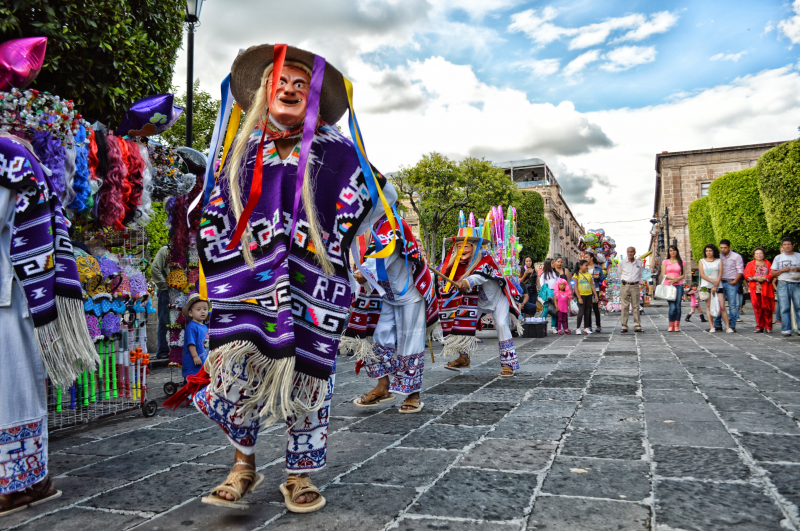
Photo by Genaro Servín via pexels 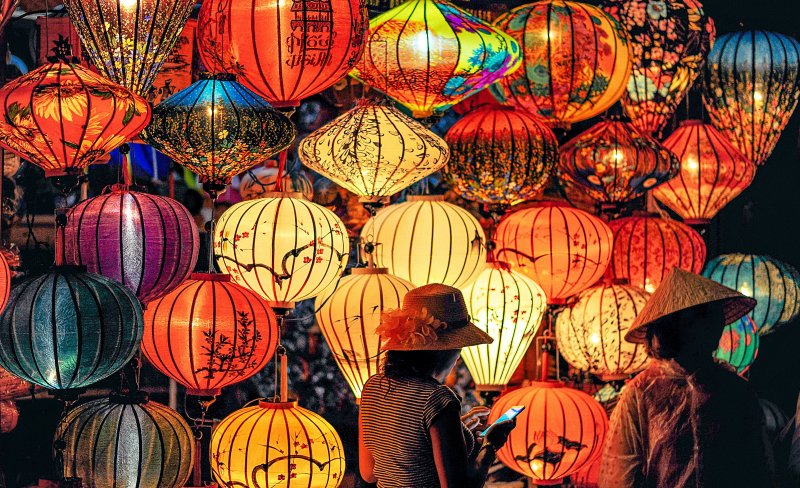
Photo by Min An via pexels



















